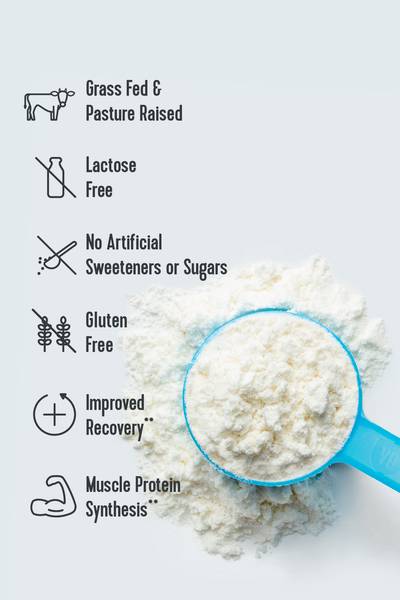Even if you've never heard of kinesiology tape, you've probably seen it — athletes wearing strips of tape down their legs, around their knees or on their shoulders (think Kerri Walsh Jennings). Wearing the tape often helps with pain relief of injured ligaments and tendons, as well as allowing for proper recovery, says Emma Caird, Certified Fitness Coach and CEO.
While kinesiology tape isn't a new concept – it was created in the 1970s by a chiropractor named Dr. Kenzo Kase – it's relatively new to the wellness world. Here, we tapped the fitness experts to get their insights on this very important question: Does kinesiology tape really work?
Vital Note: This article has been made available for informational and educational purposes only. It is not intended to be a substitute for professional medical advice, diagnosis, or treatment. Always seek the advice of your physician or another qualified health provider with any questions you may have regarding a medical condition. Your licensed healthcare professional can best provide you with the diagnosis and treatment of any medical condition and assist you as well in deciding whether a dietary supplement will be a helpful addition to your regimen.

What is Kinesiology tape?
Whether you hear it called kinesiology tape, kinesio tape or KT Tape® (a popular brand), it’s all the same: Kinesiology tape is a form of elastic therapeutic tape that can be applied to either skin or body. It encourages support, strength and stability without limiting your range of motion. It can also be an option for areas of concern that might not have a compatible brace to fit that area, explains Lisa Payne, CPT.
There are many different brands available today with different sizes and colors. Although it’s similar in design, it's not to be confused with athletic tape. Athletic tape limits motion while kinesio tape facilitates it. According to Justin Meissner, NASM-CPT, WeckMethod Coach and Mobility Specialist, this is made possible since kinesio tape has elastic sewn through the cotton. "This keeps the tape flexible and able to move with you," he says.
What does kinesiology tape actually do?
Kinesiology tape wouldn't be able to claim many benefits — pain relief of injured ligaments and tendons and proper recovery – without a solid concept. There are two main health benefits when used correctly. The first is increased blood circulation, which Sergio Pedemonte, Certified Personal Trainer and CEO of Your House Fitness, says can help reduce inflammation to the area where the tape was placed. The second health benefit kinesio tape proposes is a reduction in the pain sensation.
"Kinesiology tape works similarly to when we gently rub an injury to help reduce pain, this decreases the pain signal to the nervous system," Pedemonte explains.
Related Articles
Does kinesiology tape really work?
The jury is still out: The effectiveness of kinesiology tape receives mixed reactions from the fitness experts. Some are all for it: "If kinesiology tape seems to help you in your fitness journey there is no negative downside to its usage and can be used liberally for minor pain or injury," explains Pedemonte.
However, like many of the others, he shares that more research needs to be done to determine its effectiveness. You also want to be sure you work with a trainer or doctor for proper application, so that you don't make injuries worse.
With most injuries, it's best to consult with a doctor as well as take proper time to rest and recover before continuing training. And Meissner likens it to taking an NSAID.
"Mild pain relief, no long-term results." Others have seen promising results with their clients. Caird's client is an avid runner who suffered an ankle sprain after a 100-mile race. "With a proper recovery training program and the use of kinesiology tape, he was able to continue to rehab and continue to train for his next race," she says.
Can you wear kinesiology tape every day?
Wearing kinesio tape every day is similar to wearing a bandage every day, to both of which, Meghan Braun, D.PT., Manual Therapy Certified, Certified Strength and Conditioning Specialist, says no.
"You want your skin the chance to breathe between applications. But it can stay on for two to six days depending on how you take care of it," she says.
How does kinesiology tape work?
Kinesiology tape works in two main ways: posture and pain. For posture, Braun says that it serves as a reminder when the tape becomes "tighter" than normal.
"The tape works by sticking to the skin in the desired area which is presenting mild pain, inflammation or faulty movement patterns such as rounding of the shoulders or inward knee caving," Pedemonte says.
The second main benefit that answers "how does kinesiology tape work?" is a reduction in pain.
"The tape pulls the layers of the body apart very slightly which helps increase local fluid exchange, decreases pain receptor activation and offers external cues which help with proprioception while teaching the body proper movement mechanics," Pedemonte tells Lively.















